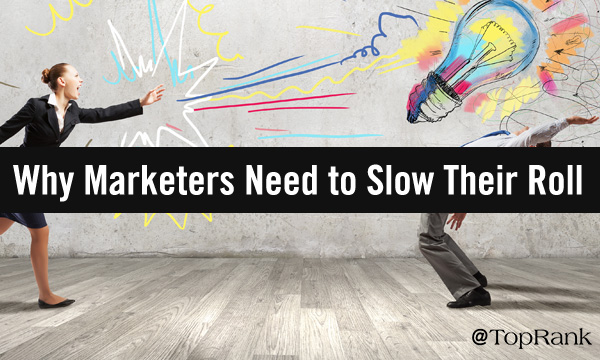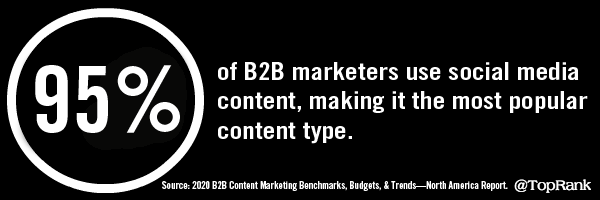http://feedproxy.google.com/~r/markgrow/~3/uN907Png5ZE/
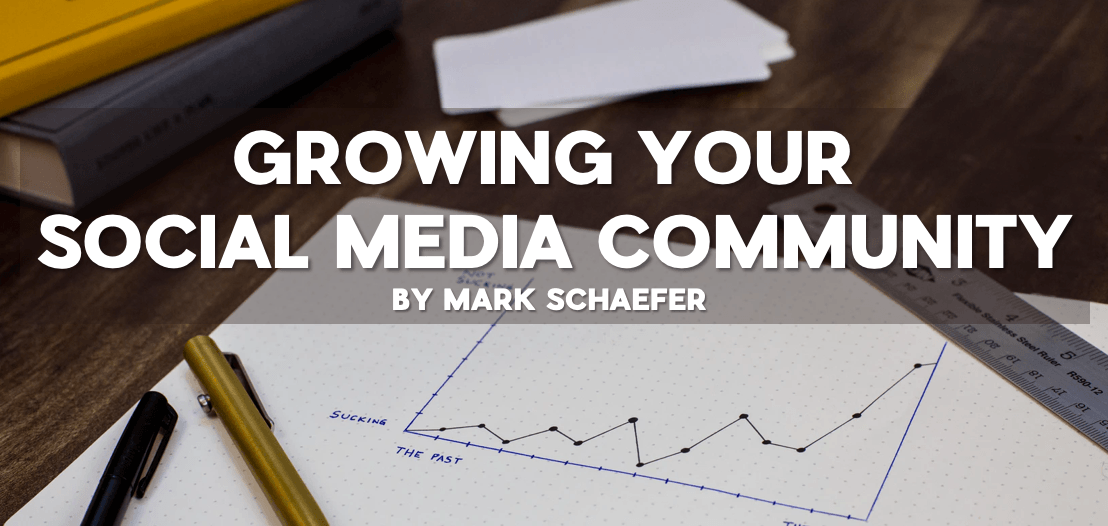
I often get asked about the art and science of building a healthy and growing social media community and today I’d like to introduce an unusual concept — the surprising math behind building your online tribe.
Here’s an example to illustrate the lesson for today …
Let’s say you’re having wonderful success building a growing social media community, whether that means a blog, YouTube channel, or Facebook Group. You’re creating a safe and meaningful environment, adding unique value, and engaging with an active audience.
For argument’s sake, I’ll assume you’re doing so extremely well that you’re adding an average of 20 new members to your community every single day. Good for you!
Now comes the surprising part. Here is a chart that shows the expected total growth of your community over 600 days if you add an average of 20 new members every single day:
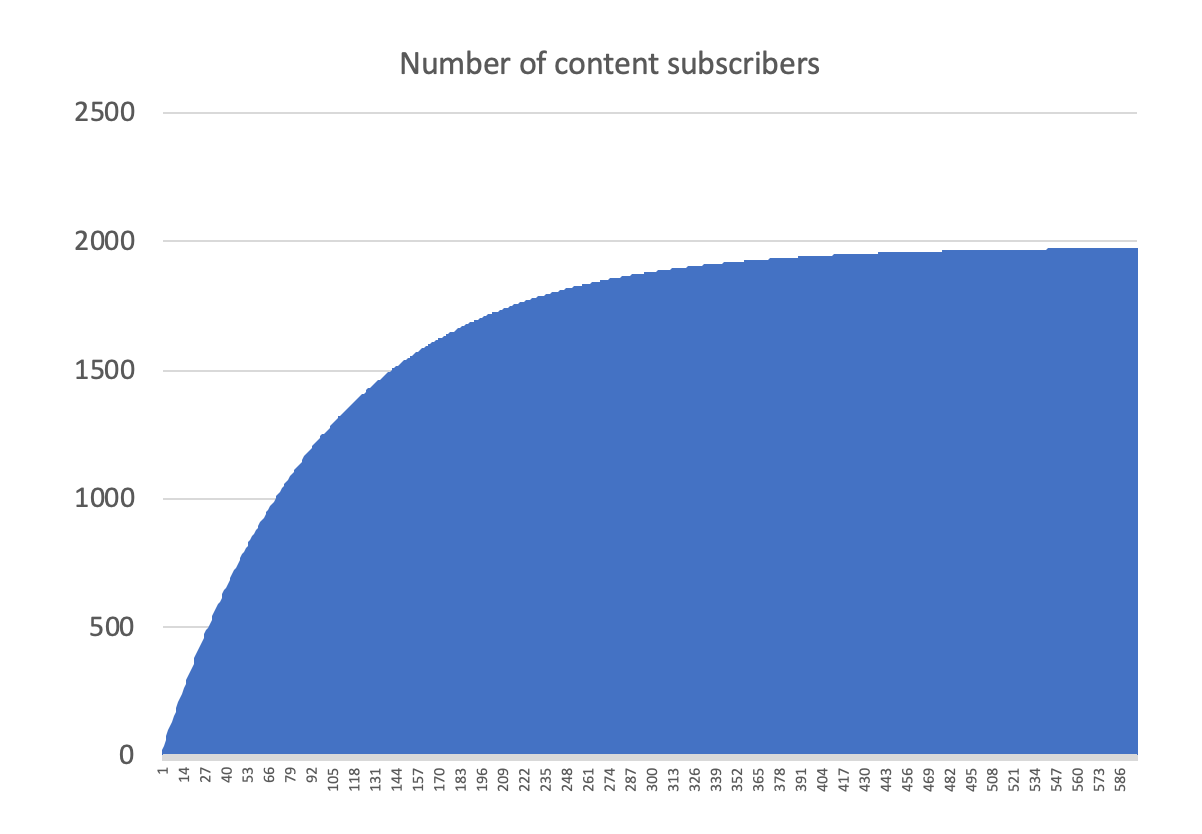
At this point, you might be thinking that I am really bad at math.
This is simple right? 600 days x 20 new people means you should have a total audience of 12,000 people, not 2,000!
How is it possible to have zero growth over time? This should be a straight line up into the atmosphere, right? You’re adding 20 people a day!
Well … yes and no.
The growing social media community
When forecasting your community growth, you have to consider a very sad fact of life. People leave the community.
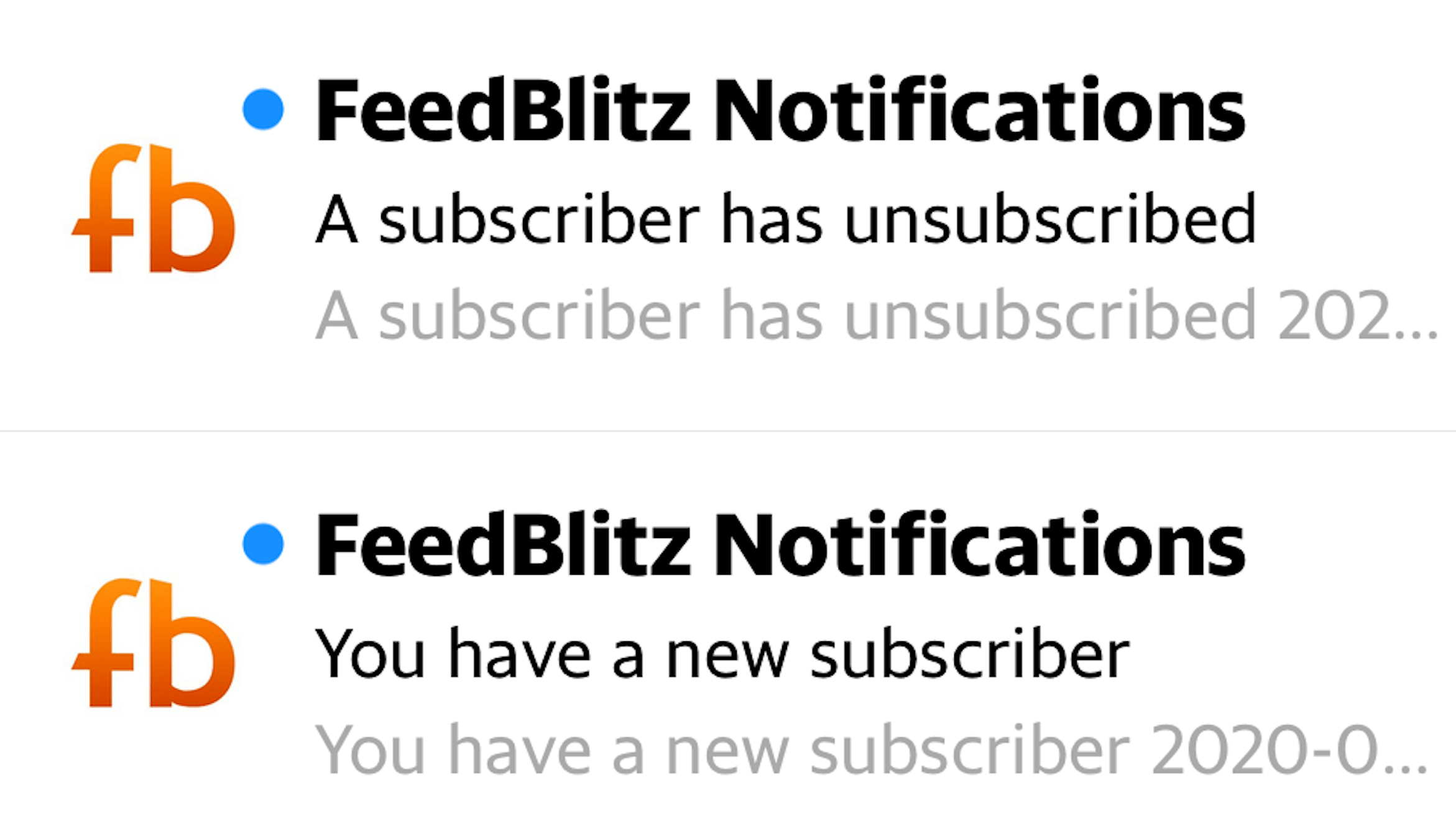
My daily struggle!
It might not be your fault. People leave their jobs, move away, they become disinterested in your good work and move on to something else. There are a lot of reasons, but people come and go.
How many people can you expect to leave a community? As you know, the answer to every marketing question is “it depends!”
But for me, I average an audience loss of about three quarters of one percent, week in and week out. Let’s round up and call it 1 percent. So, for every 100 people active in my growing social media community, one of them leaves.
Here are the reasons I lose subscribers in a typical month:
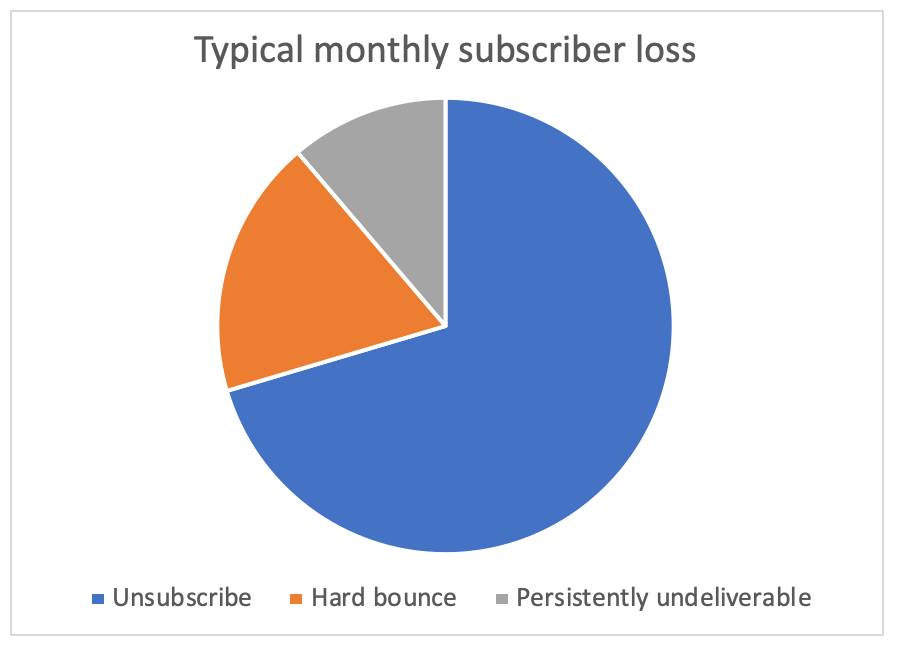
UNSUBSCRIBE — Means people just don’t want my content any more. When people unsubscribe it might because the content is no longer relevant to their job or they are simply getting too many emails.
HARD BOUNCE — A hard bounce indicates that the subscriber’s email address is no longer any good. They may have changed email provider, switched jobs or moved.
PERSISTENTLY UNDELIVERABLE –These subscribers have been marked as undeliverable for at least two weeks and more than three delivery attempts. They appear to be unresponsive, unreachable or abandoned email accounts.
Like any proud papa, I hate it when people leave the tribe. But it’s a fact of life. You will keep gaining people, but you may also lose about 1 percent for whatever reason. On the first chart, we observed that once we hit about 2,000 people in our vibrant, growing social media community, we are also LOSING 20 people (20 is 1 percent of 2,000) every time we add 20 people.
So, at that community size, gaining 20 people per week or over whatever timeframe, means your growth had flatlined! There are weeks I get 70 new subscribers and have a net gain of one!
Building a buffer into your plans
To compensate for the natural attrition in your community or content audience, you actually have to set a target to grow your followers at an increasing rate.
In this example, when you reach 2,000 subscribers, to keep a growing social media community going at a steady pace you actually have to add 40 people, not 20!
The implication is, the more you grow, the more you have to grow.
The bigger your audience, the better you have to be just to stay even.
A common social media problem
Maybe you have not considered this little dilemma before, but when you think about it, it makes sense, right?
I see this dynamic happening all the time in my client work. They don’t understand why they are working so hard yet don’t seem to be getting anywhere.
The simple reason is, good enough today isn’t good enough tomorrow if you want to keep growing.
Make sense?
 Mark Schaefer is the chief blogger for this site, executive director of Schaefer Marketing Solutions, and the author of several best-selling digital marketing books. He is an acclaimed keynote speaker, college educator, and business consultant. The Marketing Companion podcast is among the top business podcasts in the world. Contact Mark to have him speak to your company event or conference soon.
Mark Schaefer is the chief blogger for this site, executive director of Schaefer Marketing Solutions, and the author of several best-selling digital marketing books. He is an acclaimed keynote speaker, college educator, and business consultant. The Marketing Companion podcast is among the top business podcasts in the world. Contact Mark to have him speak to your company event or conference soon.
Illustration courtesy Unsplash.com.
The post The surprising math behind a growing social media community appeared first on Schaefer Marketing Solutions: We Help Businesses {grow}.

